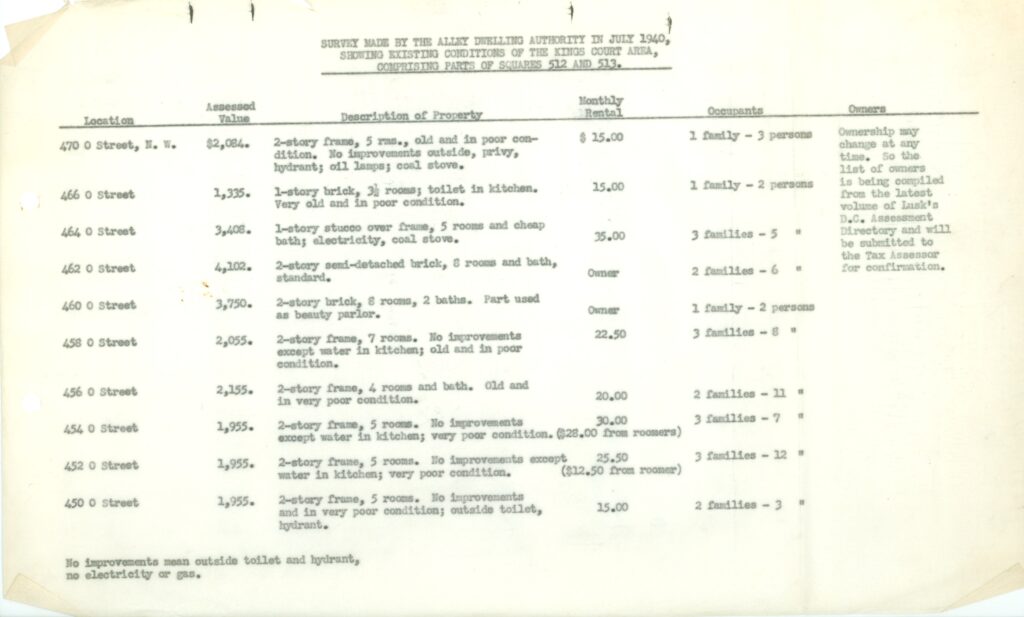So just to get an idea to see if what I am seeing with the Black Homeowners of Truxton Circle is normal, or not, I am comparing them with white home owners. I am looking at blocks that were over 90% white in 1950 but also in the same “red lined” zone, which was F1.
I got Rufus Goodnough’s name from the 1930 census. However looking at the Recorder of Deeds documents, Mr. Goodnough became a homeowner through Mrs. Goodnough.
In 1923, Edna Grace Lamborne, a single woman, bought 502 Second Street SE from Alva M. and Lessie E. Templeton. She borrowed what appears to be $6,000 from trustees George P. Newton and M. James Wright (released 1929). December 29, 1925 she borrowed $600 under her married name Edna Grace Goodnough from trustees William E. Davis and William A. Kingsbury (released 1927). Rufus, her husband does not appear on the loan document. July 21, 1927 once again, in her name only, she borrowed another $600 from trustees Irvin Abrams and JL Krupsaw (released 1929). February 7, 1929, solely in her name, she borrowed $6,400 from the American Building Association. She continued to borrow in her name only up until 1943. October 1946, she and several of her neighbors signed a racial covenant (document #1946048071). And once again, Rufus’ name appears nowhere on the document.
On March 6, 1947 she died at Emergency Hospital. She left behind her husband Rufus and a 20 year old son, Adrien B. Rufus only appears on a May 1950 loan document noting his death on June 27, 1949, leaving Adrien Barrett Goodnough as the sole heir borrowing $5,800 from the Perpetual Building Association (released 1951). Adrien borrowed money a few more times before selling the family home September 13, 1951 to Irene Cline.
So was Rufus Goodnough? Who was Edna Grace Lamborne Goodnough, the actual homeowner?
Edna Grace Lamborne was born around 1891 in Washington, DC to Minnie Zeisler and Milton Lamborne. Her father died in 1901 and her mother kept lodgers. In 1907 she was attending a business high school in the District, possibly Franklin. She kept a low profile.
Rufus Anson Goodnough was born July 18, 1890 in Ruston, LA. When he was 10 he helped support his widowed mother on the farm. His mother remarried before she died in 1913. We see him again in the 1930 census in Washington, DC working as a carpenter supporting Edna and their three year old son Adrien, born a year after the death of their 1st son, Anson. During the 1940 census, he added his 70 year old mother in law Minnie to the household.
I am curious as to how Edna Lamborne managed to purchase a house. I see she was lent money to do so, but what made her a good credit risk? Yes, I acknowledge she co-signed segregation, but I’m more interested in how she managed to pay off the loan and why someone would lend to a woman (who as far as I know) with no known job.

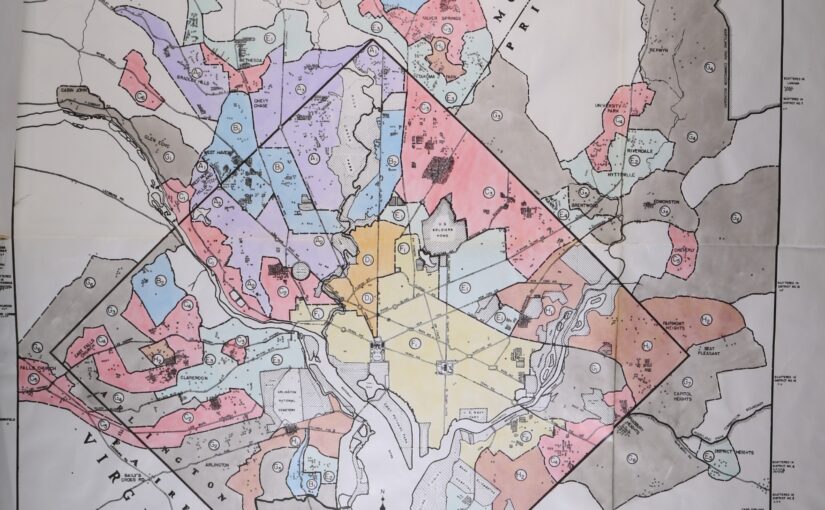
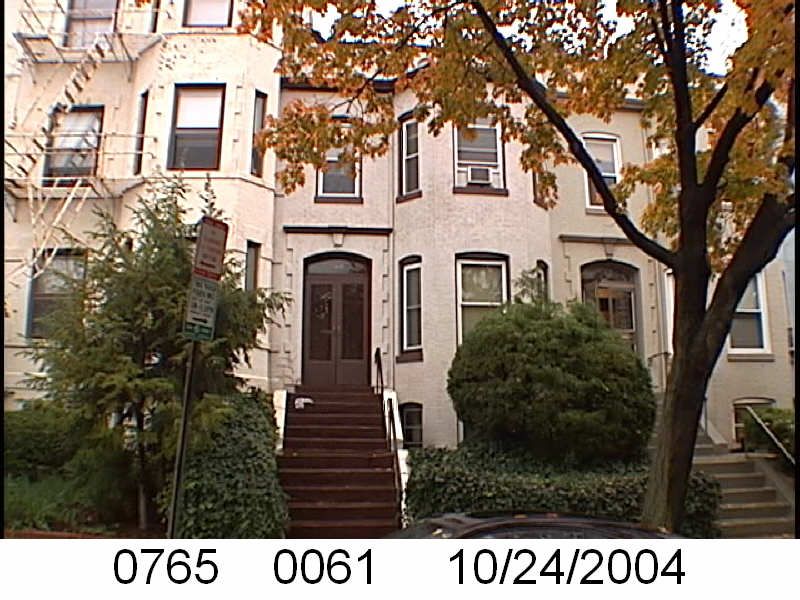
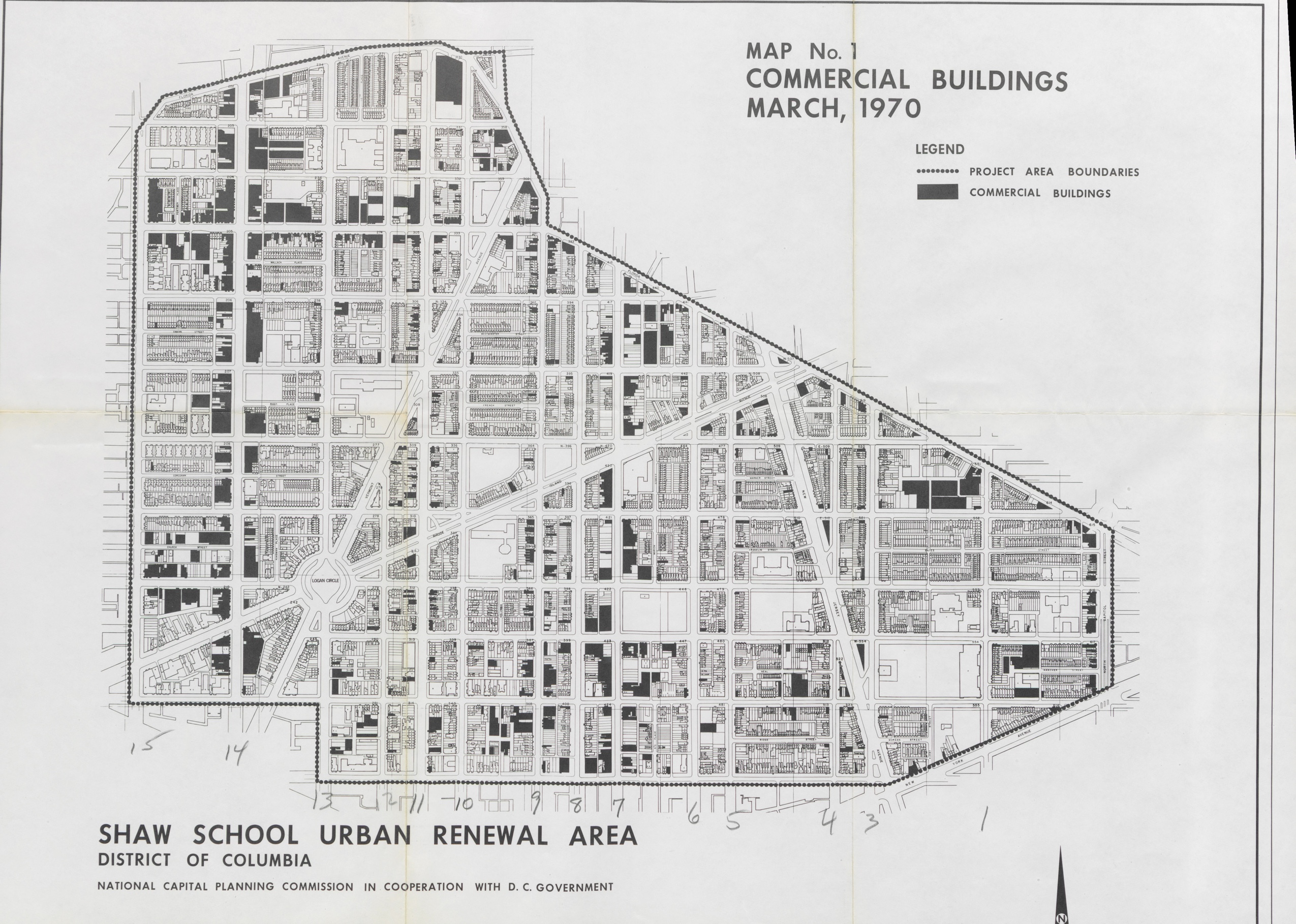
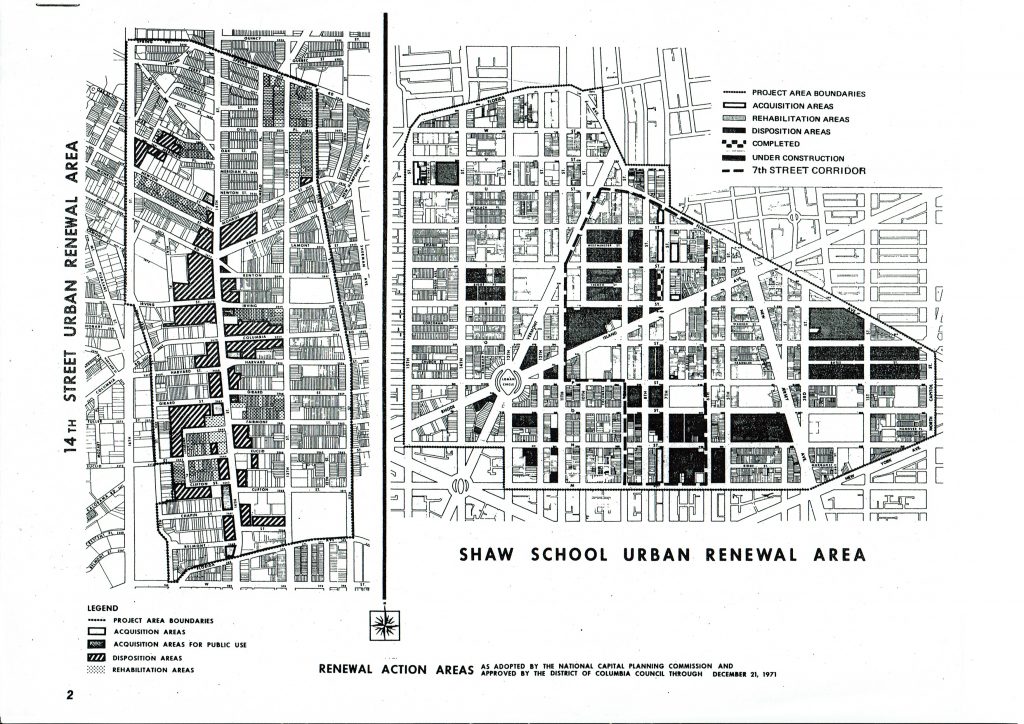
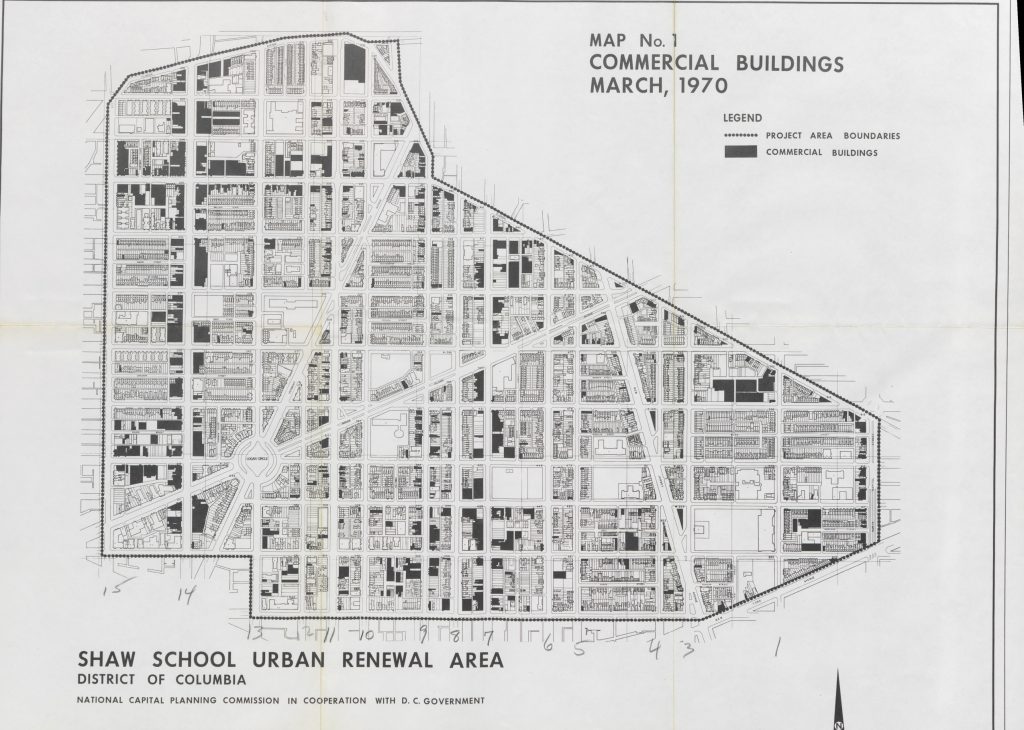
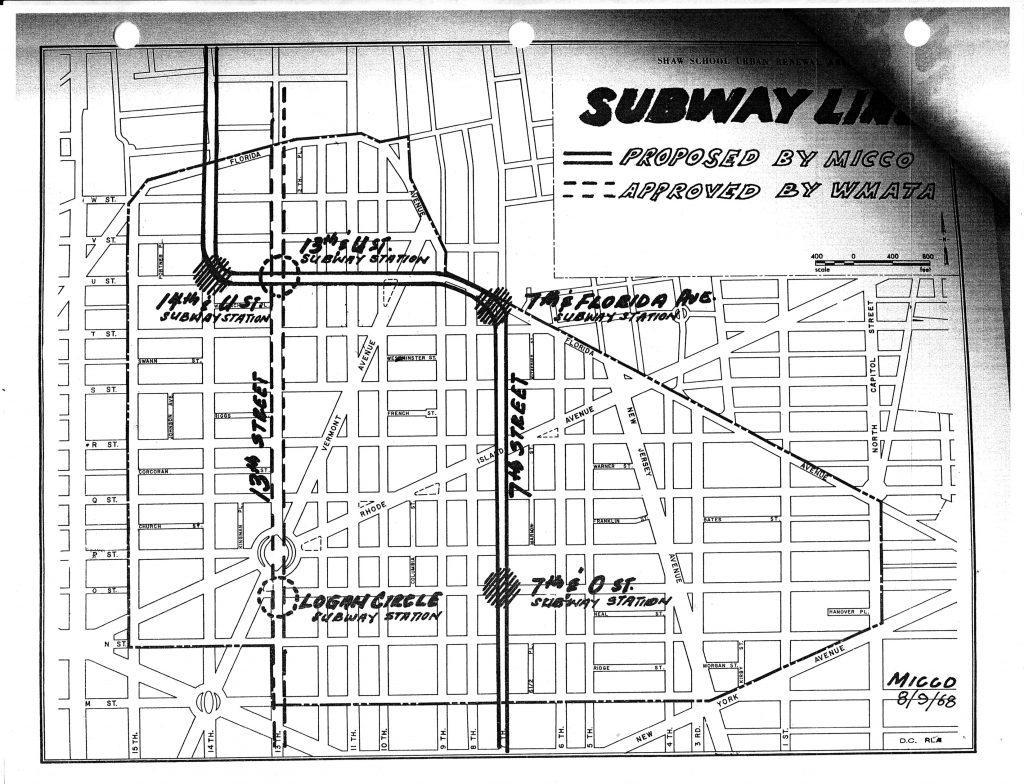
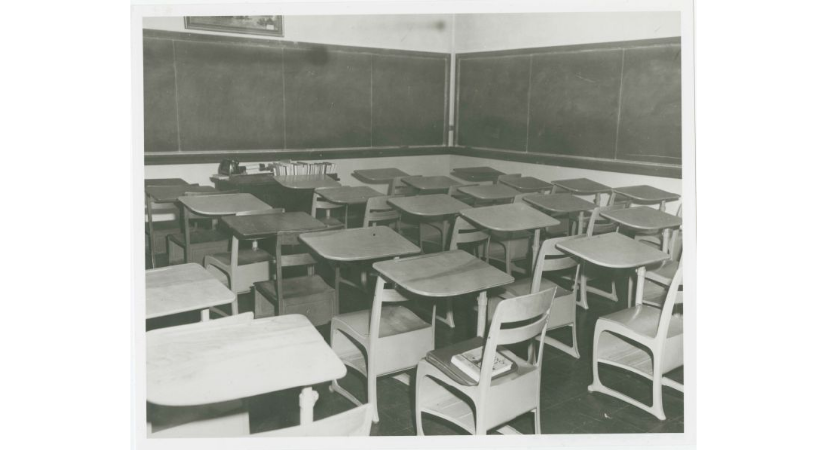
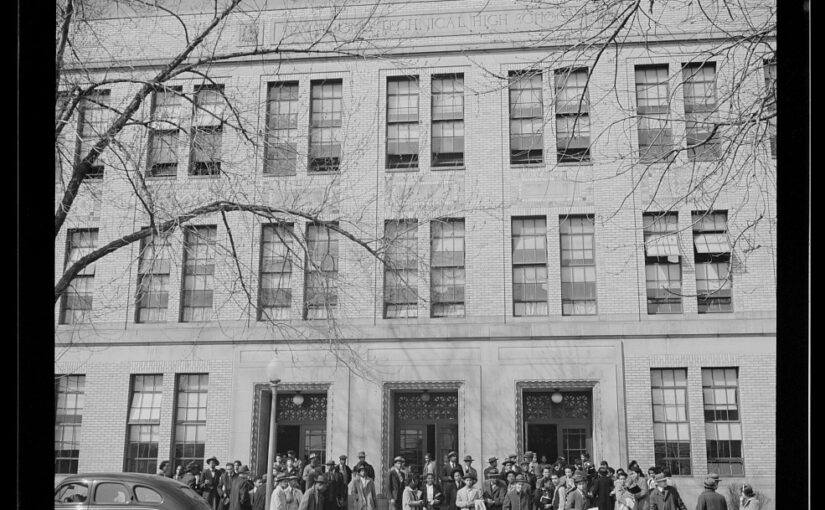
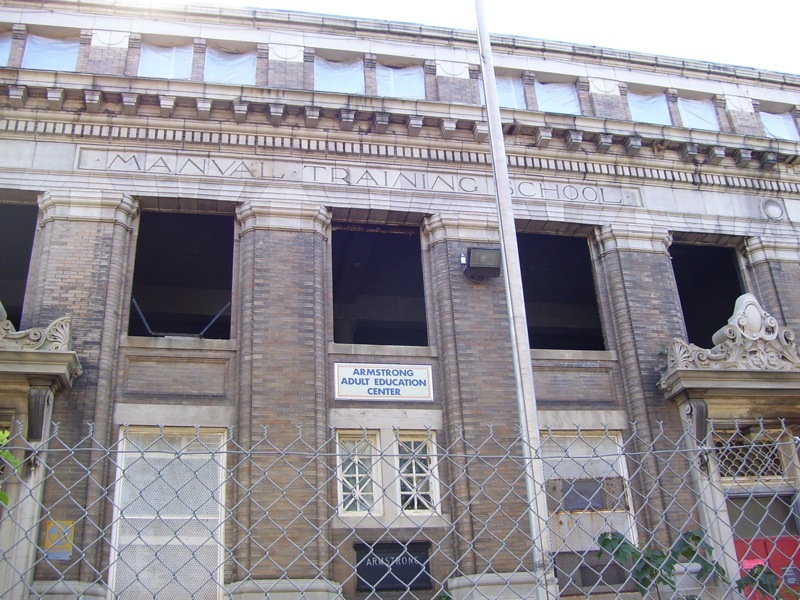
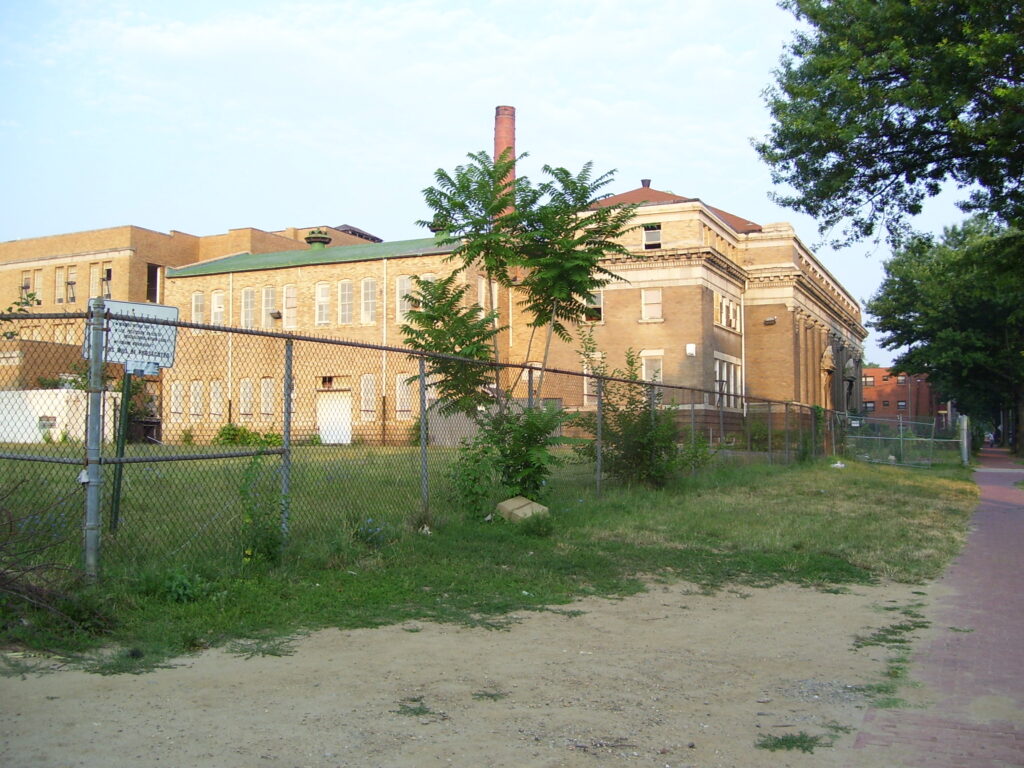
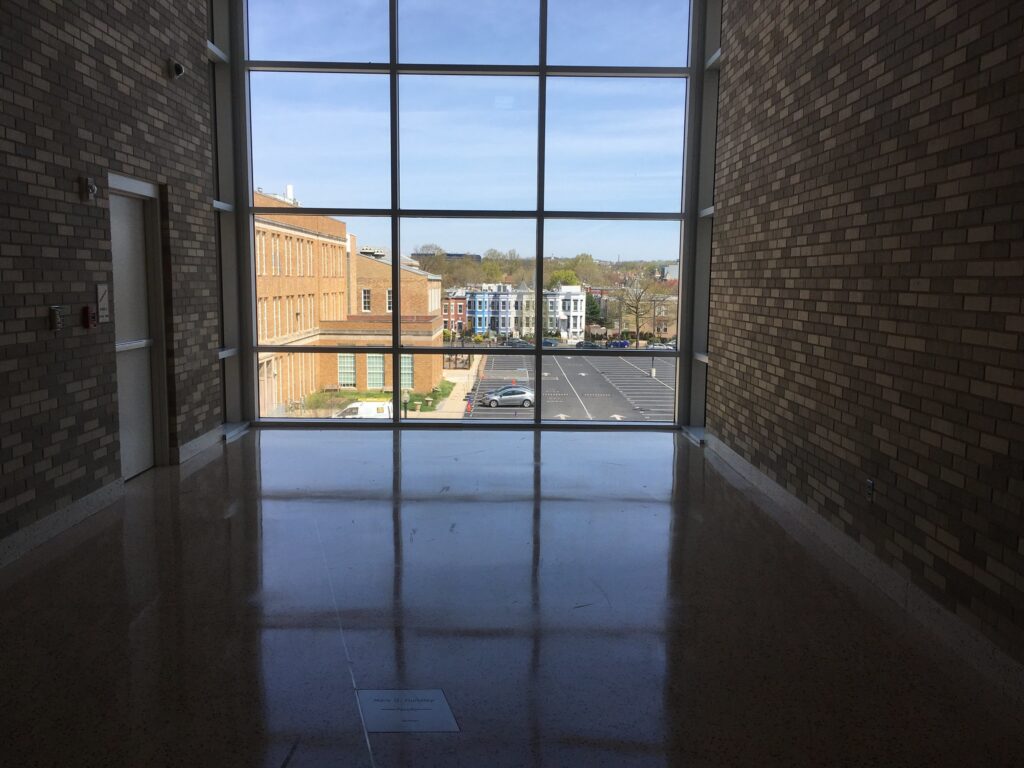
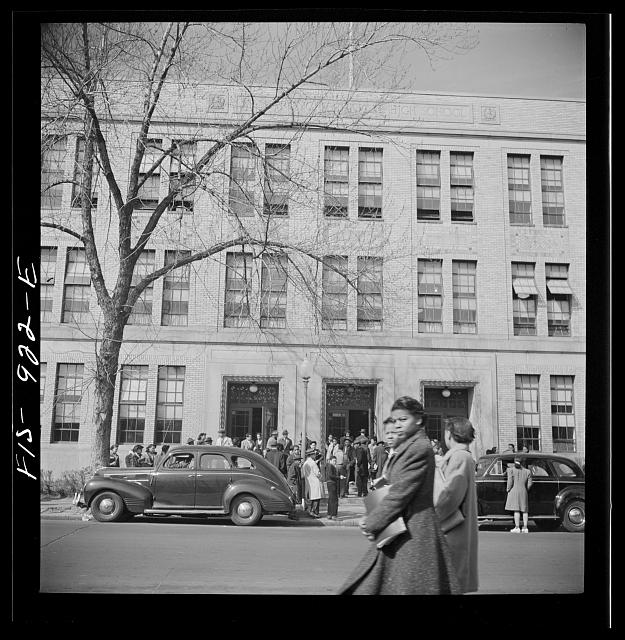
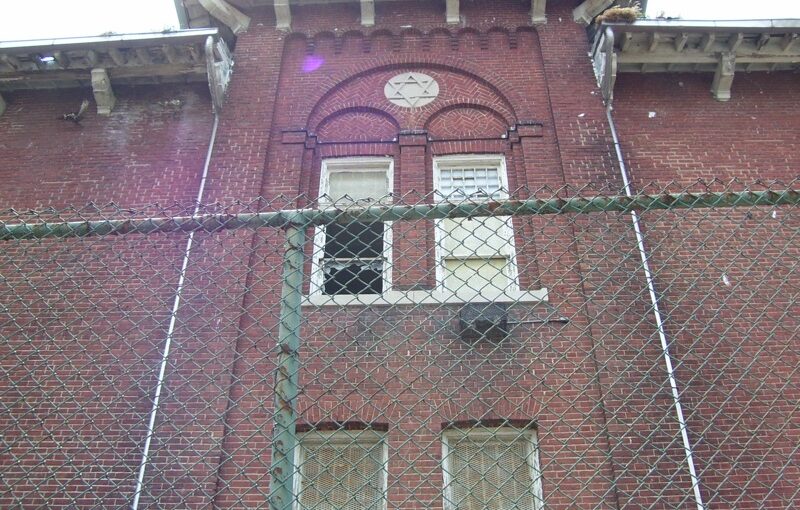
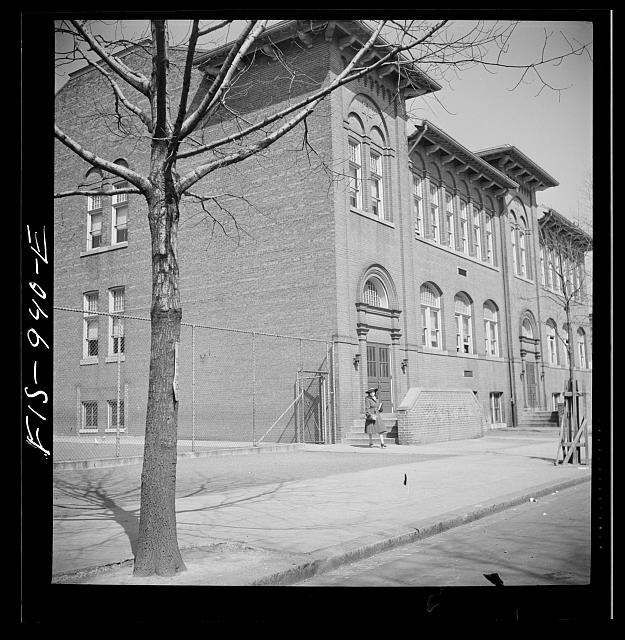
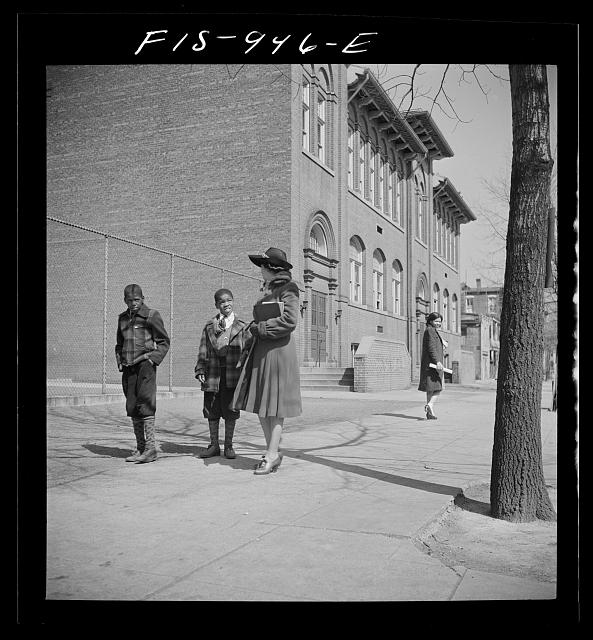
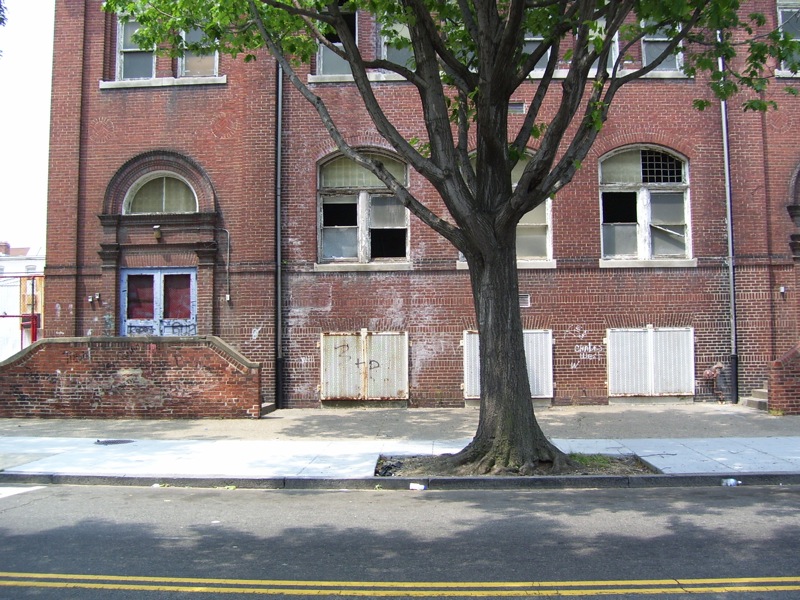
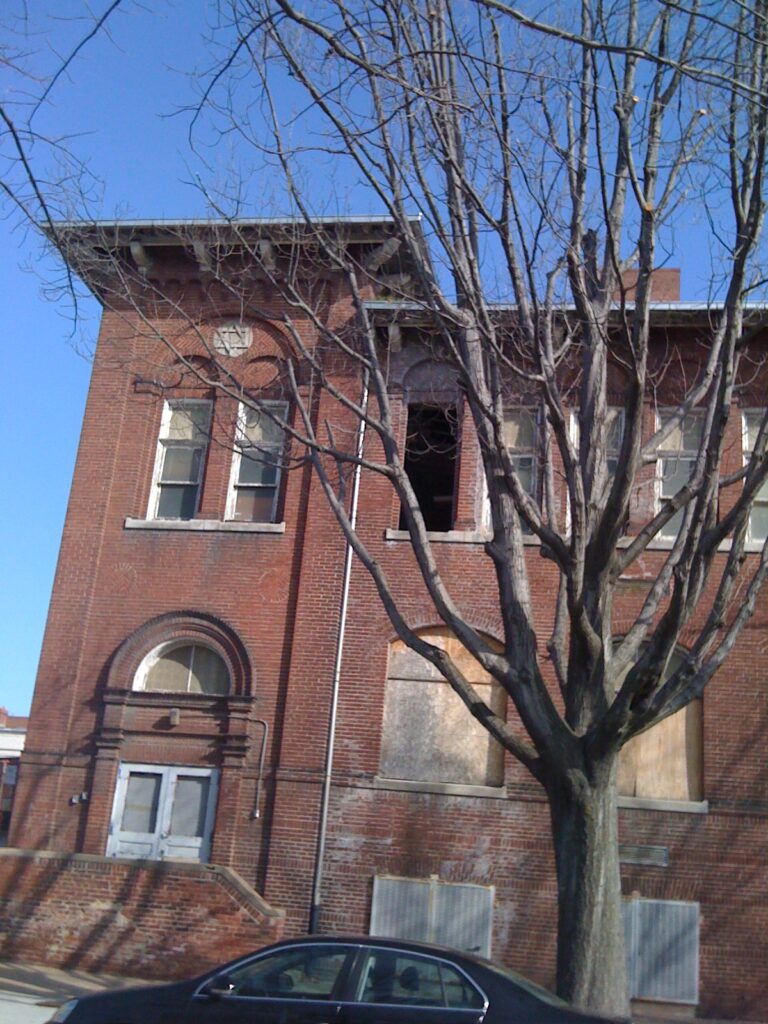
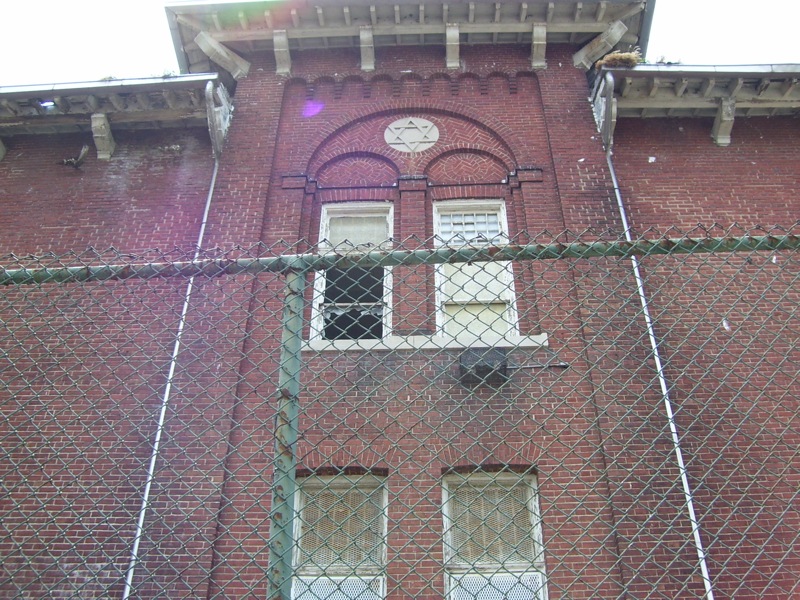
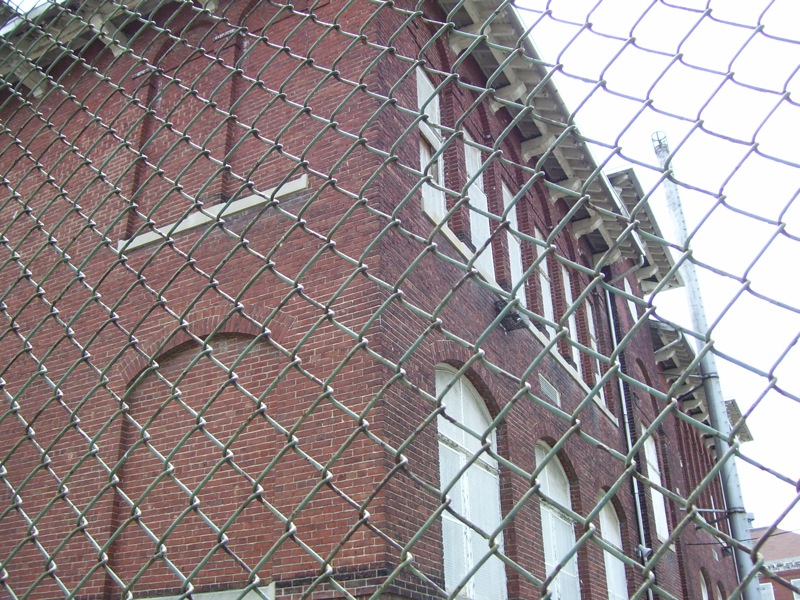
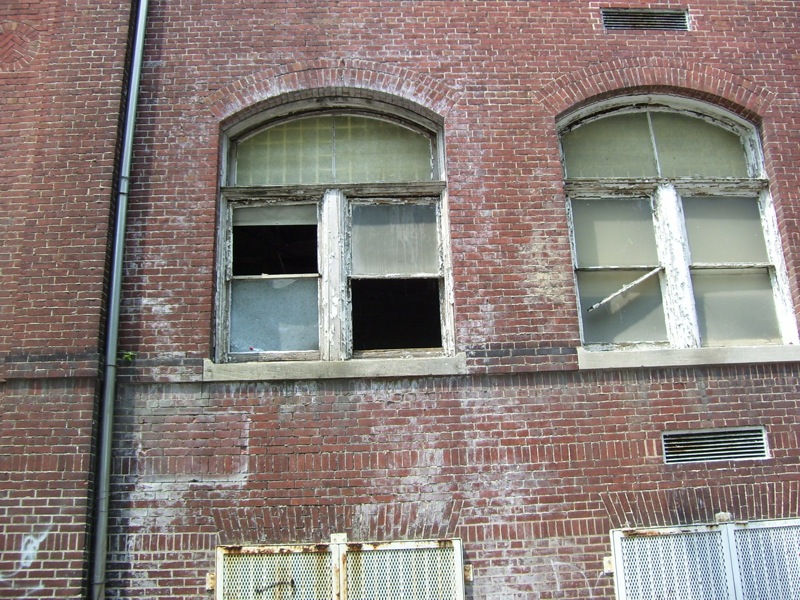
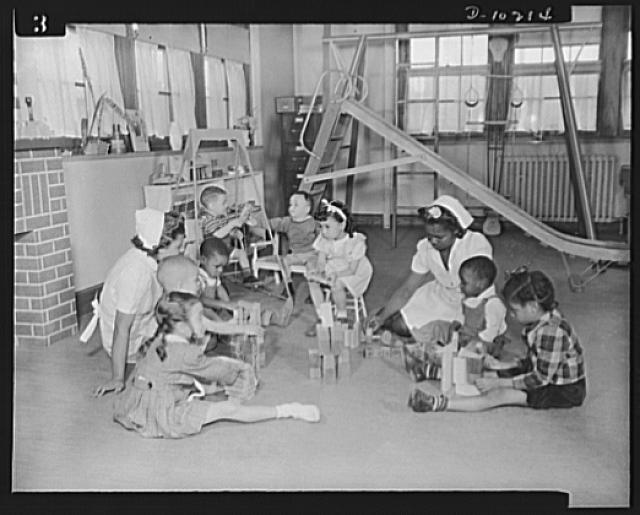
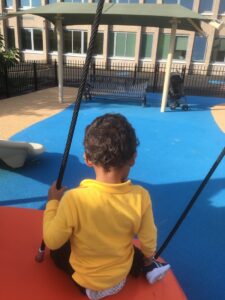
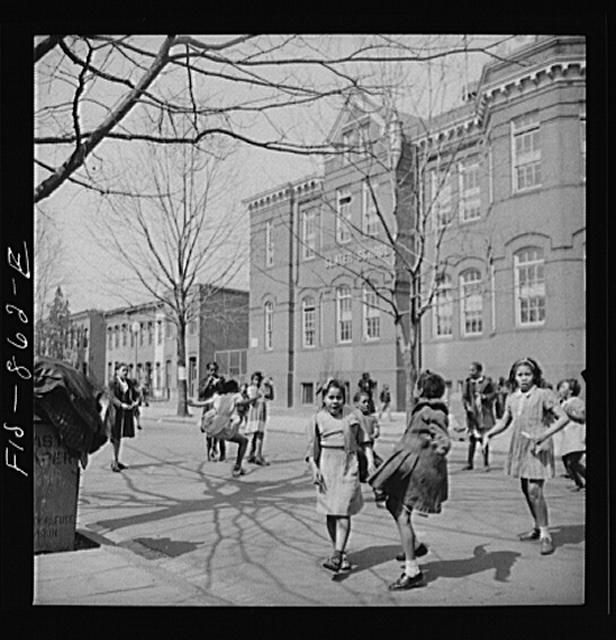
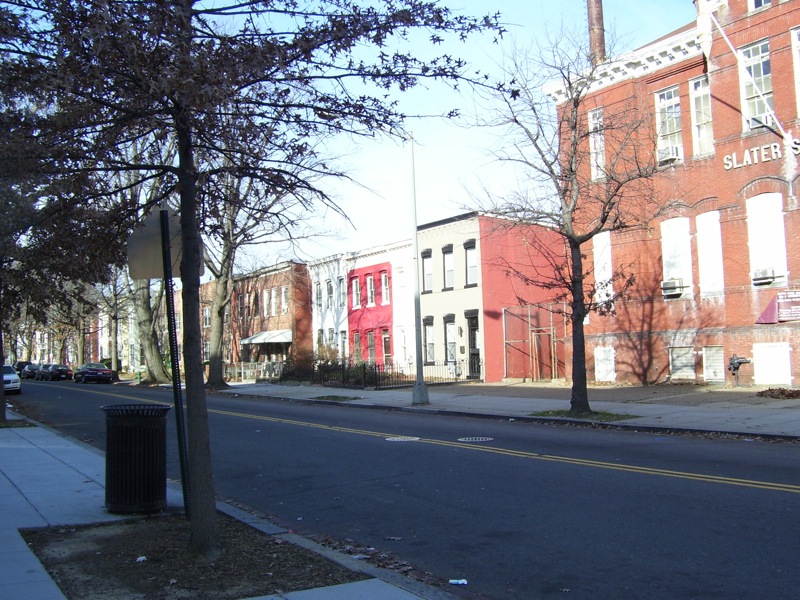



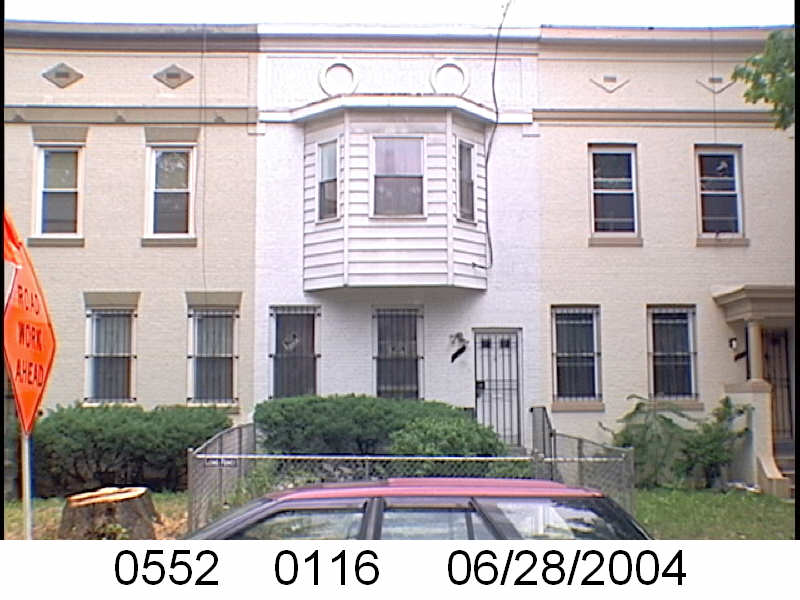 Looking at WSIC properties they tend to have a pattern where the properties were sold to a three business partners, Nathaniel J. Taube, Nathan Levin and James B. Evans as the Colonial Investment Co. for $3 million dollars. Those partners sold to African American buyers. There was usually a foreclosure. Then the property wound up in the hands of George Basiliko and or the DC Redevelopment Land Agency (RLA). Then there was the odd lucky ones who managed to avoid that fate.
Looking at WSIC properties they tend to have a pattern where the properties were sold to a three business partners, Nathaniel J. Taube, Nathan Levin and James B. Evans as the Colonial Investment Co. for $3 million dollars. Those partners sold to African American buyers. There was usually a foreclosure. Then the property wound up in the hands of George Basiliko and or the DC Redevelopment Land Agency (RLA). Then there was the odd lucky ones who managed to avoid that fate.